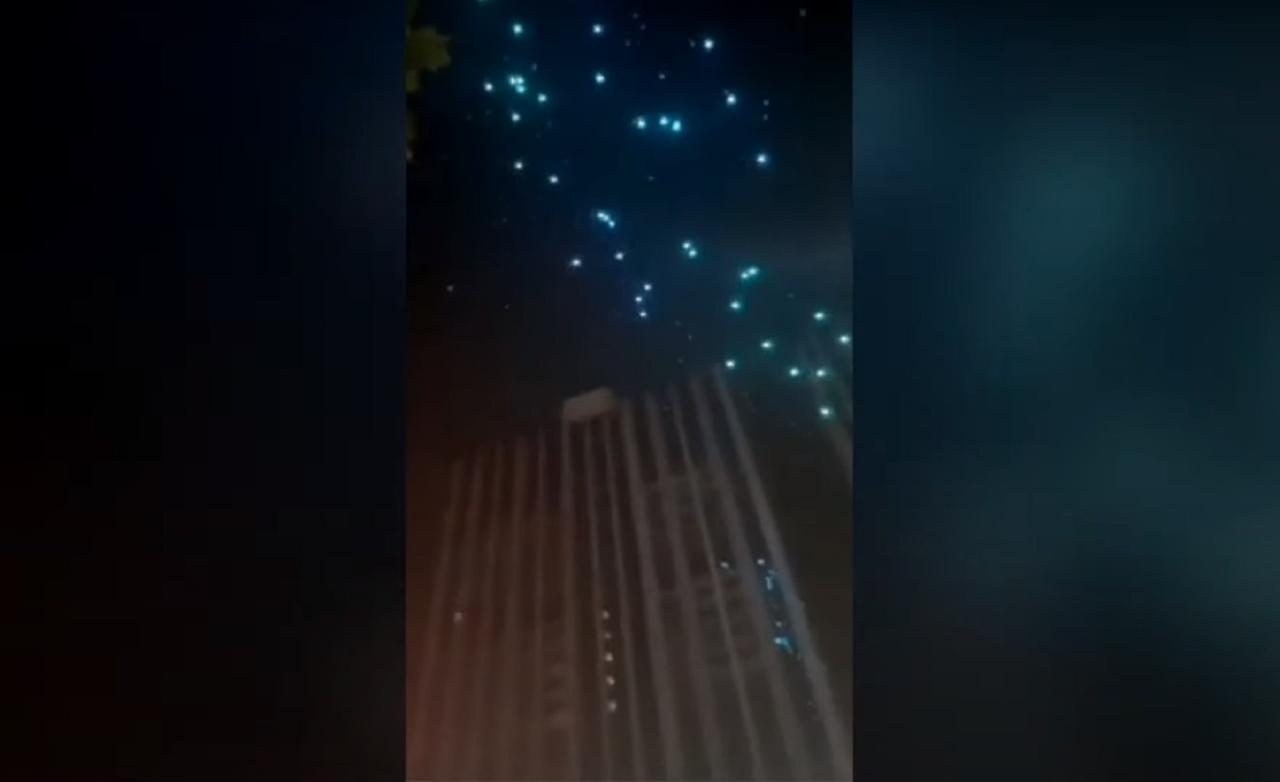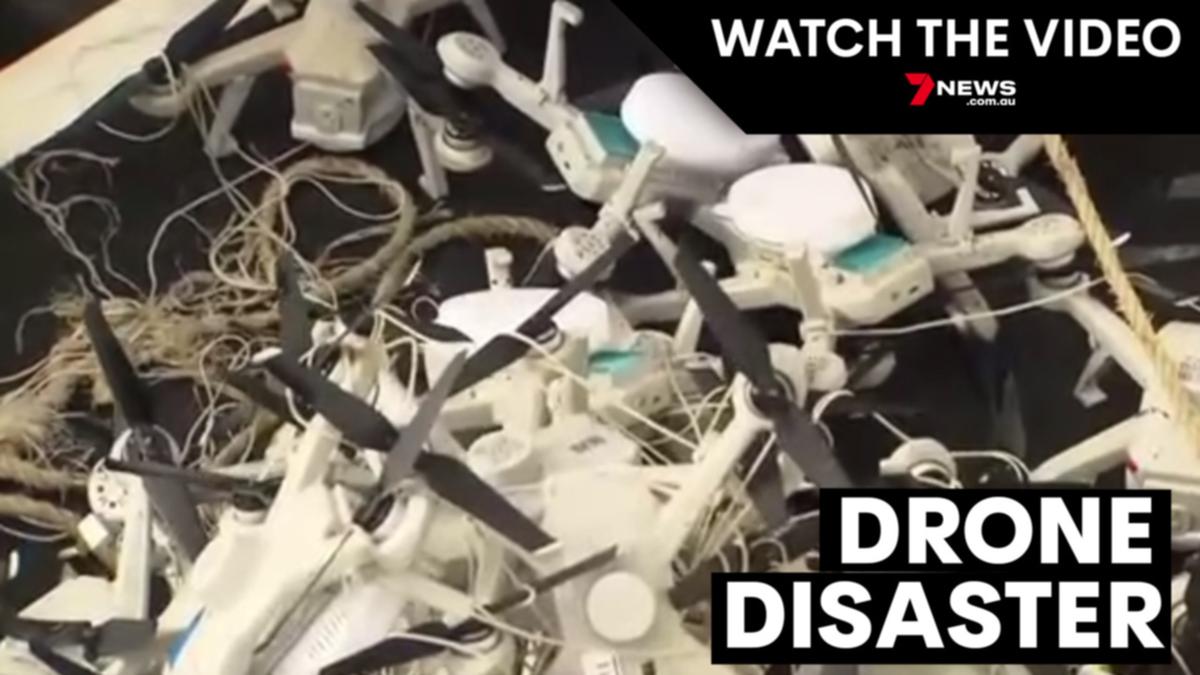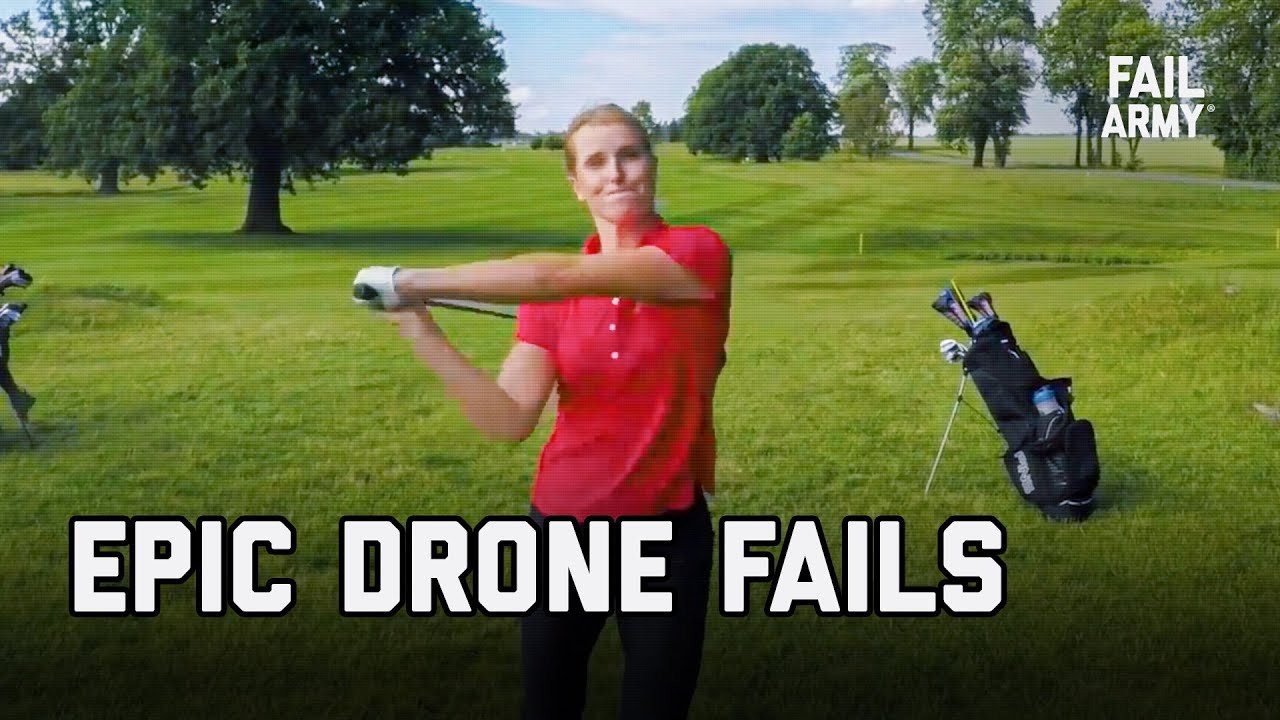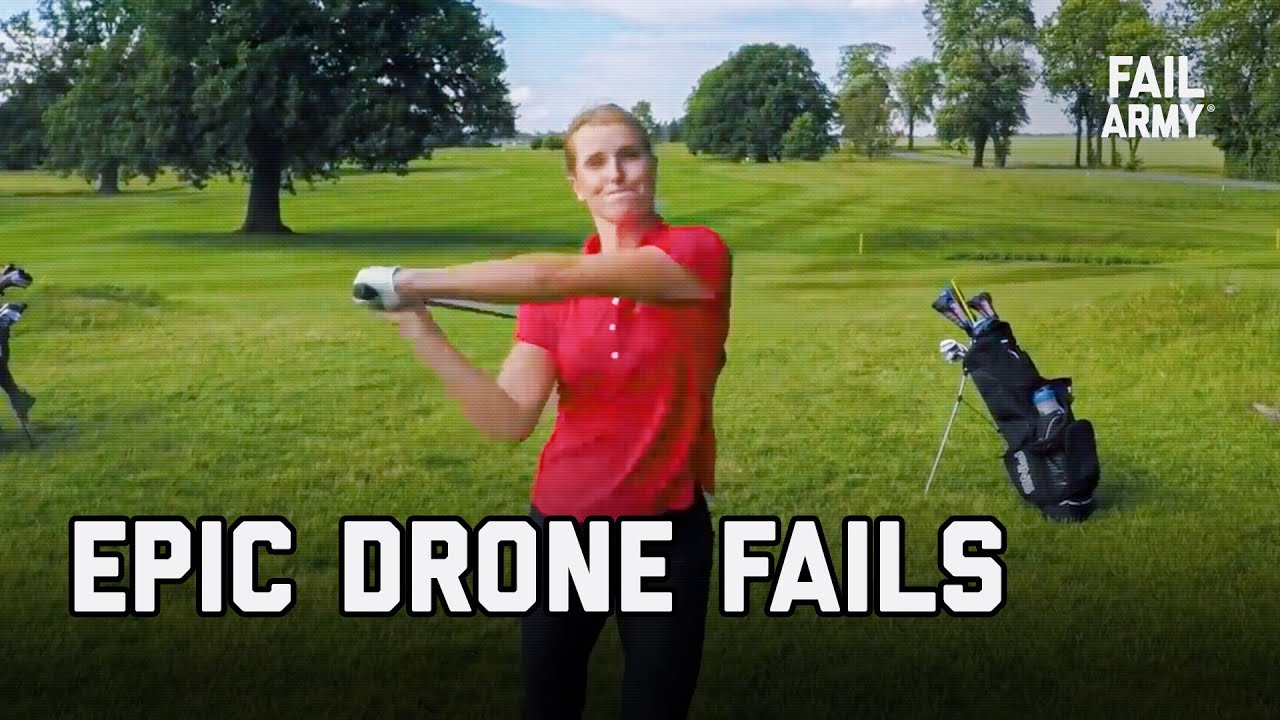Drone show crash: The breathtaking spectacle of synchronized drones dancing across the night sky can quickly turn into a disaster. This captivating display of technology, however, is not without its risks. From technical malfunctions to human error and unforgiving weather, a multitude of factors can contribute to a drone show going horribly wrong. Understanding these risks, and implementing preventative measures, is crucial for ensuring both the safety of the equipment and the public’s enjoyment of these increasingly popular events.
Drone show crashes are a bummer, especially when you’ve put so much work into the choreography. To avoid such mishaps, reliable drones are key, and that’s where companies like sky elements drones come in. Their robust designs and advanced tech can help ensure a flawless, memorable show, minimizing the risk of a disastrous drone show crash. Proper planning and equipment are essential to preventing these costly and embarrassing events.
This guide explores the common causes of drone show crashes, examining technical failures, environmental impacts, and human error. We’ll delve into safety protocols and regulations, highlighting technological advancements designed to improve reliability and prevent accidents. Finally, we’ll discuss post-crash procedures, the importance of managing public perception, and the vital role of insurance in mitigating the financial fallout from these potentially costly incidents.
Drone Show Crash Causes and Prevention

Drone shows, while visually stunning, are complex operations susceptible to various failures. Understanding the causes of crashes, implementing robust safety protocols, and leveraging technological advancements are crucial for ensuring safe and successful drone displays. This article delves into the key factors contributing to drone show crashes, explores established safety measures, and examines emerging technologies designed to prevent future incidents.
Common Technical Malfunctions in Drone Shows
Technical malfunctions are a significant contributor to drone show crashes. The following table categorizes common malfunctions, their frequency, contributing factors, and mitigation strategies.
| Malfunction Type | Frequency | Contributing Factors | Mitigation Strategies |
|---|---|---|---|
| GPS signal loss | High | Interference, obstructions, atmospheric conditions | Redundant GPS systems, careful site selection |
| Battery failure | Moderate | Low battery levels, extreme temperatures, faulty batteries | Pre-flight battery checks, temperature monitoring, high-quality batteries |
| Motor malfunction | Moderate | Wear and tear, impact damage, manufacturing defects | Regular maintenance, pre-flight inspections, using high-quality components |
| Software glitches | Low | Software bugs, outdated firmware | Regular software updates, thorough testing |
Environmental Impact on Drone Show Stability, Drone show crash
Environmental factors significantly influence drone stability and safety. Wind, in particular, presents a major challenge. High winds can dramatically affect drone flight paths, causing unexpected deviations and potentially leading to collisions. Imagine a scenario where a sudden gust of wind pushes a drone off course, causing it to veer into another drone or an obstacle. The stronger the wind, the greater the impact on the drone’s ability to maintain its planned trajectory, increasing the risk of a crash.
Human Error in Drone Shows

Human error is a frequent cause of drone show accidents. This includes pilot skill, inadequate pre-flight checks, and communication failures.
- Inadequate pre-flight checks: Overlooking battery levels, motor function, or GPS signal strength can lead to mid-flight failures.
- Pilot error: Poor piloting skills, lack of experience, or failure to react appropriately to unexpected events can result in crashes.
- Communication breakdowns: Miscommunication between pilots and ground crew can cause synchronization issues, leading to collisions.
- Incorrect flight planning: Failing to account for environmental factors or obstacles in the flight path can lead to crashes.
Drone Show Safety Protocols and Regulations
A comprehensive pre-flight checklist is essential for minimizing the risk of drone show crashes.
- Inspect all drones for physical damage.
- Verify battery levels and charge.
- Check GPS signal strength and accuracy.
- Test all motors and propellers.
- Review the flight plan and ensure it accounts for environmental factors.
- Confirm communication systems are functioning correctly.
- Obtain necessary permits and approvals.
- Designate safety personnel and emergency response procedures.
International regulations governing drone shows vary. The table below presents a comparison of regulations in select countries.
| Country | Key Regulations | Enforcement Mechanisms |
|---|---|---|
| USA | FAA Part 107, specific permits for large-scale shows | Inspections, fines, license revocation |
| UK | CAA regulations, operator certification, airspace restrictions | Enforcement notices, prosecutions |
| EU | EU drone regulations (EASA), national variations | National aviation authorities |
Insurance is crucial for mitigating financial risks. Liability insurance covers damages caused by a drone crash, while hull insurance covers damage to the drones themselves.
Technological Advancements for Crash Prevention
Several emerging technologies are enhancing drone show safety.
- GPS redundancy systems: Utilizing multiple GPS receivers for improved signal reliability.
- Autonomous obstacle avoidance: Drones equipped with sensors to detect and avoid obstacles automatically.
- Improved communication protocols: More robust and reliable communication systems for better drone control and coordination.
- Advanced flight controllers: These controllers offer increased stability and responsiveness, improving the drones’ ability to handle unexpected situations.
Different flight control systems offer varying levels of resilience.
| System Name | Key Features |
|---|---|
| System A | Redundant sensors, fail-safe mechanisms |
| System B | Advanced algorithms for obstacle avoidance, real-time data analysis |
Advanced data analytics and predictive modeling can identify potential risks, such as weather patterns or system vulnerabilities, before a show commences. By analyzing historical data, flight patterns, and environmental factors, algorithms can predict potential problems and alert operators, allowing for preemptive adjustments or cancellations.
Post-Crash Procedures and Investigations

Investigating a drone show crash involves a systematic approach.
Drone show crashes are unfortunately becoming more common, highlighting the need for better safety protocols. A recent incident, which you can read more about at this link discussing drone show accidents , involved a mid-air collision. Understanding the causes of these crashes, from software glitches to operator error, is crucial for preventing future incidents and ensuring spectacular, safe drone shows.
- Data recovery: Retrieving flight logs, sensor data, and communication records from the affected drones.
- Witness interviews: Gathering information from eyewitnesses to reconstruct the events leading to the crash.
- Drone wreckage analysis: Examining the physical damage to the drones to identify potential causes of failure.
Determining the root cause requires a thorough analysis of both technical and human factors, often involving a step-by-step review of the pre-flight checks, flight plan execution, and post-crash data analysis.
- Reporting requirements: Notification to relevant aviation authorities and regulatory bodies.
- Legal implications: Potential legal actions from affected parties, insurance claims, and investigations by regulatory bodies.
Public Perception and Media Coverage of Drone Show Crashes
Negative media coverage can significantly impact public perception of drone shows. Sensationalized reporting can create fear and distrust, potentially hindering the growth of the industry. For example, a news report focusing solely on the crash without context might portray drone shows as inherently unsafe.
Drone show crashes are unfortunately becoming more common, highlighting the need for robust safety protocols. A recent example of a malfunction causing issues was the orlando drone show malfunction , which led to some unexpected aerial acrobatics. Understanding these incidents helps engineers improve drone technology and prevent future drone show crashes.
A drone show crash might be portrayed differently across various media. A news report might focus on the factual details, while social media could amplify the emotional aspects, potentially leading to polarized opinions. A blog might offer a technical analysis, while a documentary could explore the broader implications for the industry.
To manage public perception, operators should:
- Issue transparent and timely statements.
- Cooperate fully with investigations.
- Highlight safety measures and protocols.
- Engage with the public and address concerns.
- Demonstrate commitment to improving safety standards.
Final Review: Drone Show Crash

Successfully navigating the complexities of drone show operation requires a multifaceted approach. By understanding the causes of crashes, implementing rigorous safety protocols, embracing technological advancements, and proactively managing public perception, the drone show industry can strive towards a future where these stunning displays are consistently safe, reliable, and enjoyed by all. The information provided here serves as a foundation for safer and more spectacular drone shows, minimizing risks and maximizing the wonder of this innovative technology.
Helpful Answers
What is the average cost of insurance for a drone show?
Insurance costs vary widely depending on the size and complexity of the show, the number of drones involved, and the location. It’s best to obtain quotes from multiple insurers.
How long does a typical drone show crash investigation take?
Investigations can range from a few days to several weeks, depending on the complexity of the incident and the amount of data to be analyzed.
What are the penalties for violating drone show regulations?
Penalties vary by country and jurisdiction but can include fines, suspension of operating licenses, and even criminal charges in severe cases.
Can spectators be injured in a drone show crash?
While rare, there is a potential risk of injury from falling drones. Proper safety protocols and crowd management are crucial to minimize this risk.
